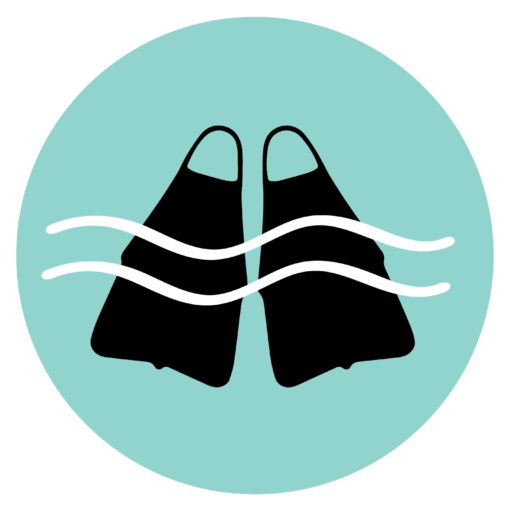George Freeth was a Hawaiian waterman who introduced a number of different water sports to California in the early 1900s. Those sports included surfing, bodysurfing, swimming, diving, and water polo.
Freeth moved to Los Angeles from Waikiki in 1907. Shortly after his arrival, Freeth established himself as California’s best “surf-board rider” and instructor.
Freeth was not the first Hawaiian to surf in California, but he was responsible for spreading surf stoke throughout the state, and by influence, the rest of the world.
During his tenure as California’s first professional lifeguard, Freeth saved countless lives; trained hundreds of lifeguards and “surf-bathers” in swimming, surfing, bodysurfing, and first aid; and was awarded the Gold Lifesaving Medal for rescuing seven fishermen off Venice Beach during a winter storm in 1908.

Freeth bodysurfed Venice Beach, California in 1911
Over the past year, I have been performing extensive research into the history of bodysurfing throughout the world. I had previously assumed that Duke Kahanamoku was responsible for introducing bodysurfing to the continental United States. (Google will erroneously tell you that it was olympic swimmer Wally O’Connor in the mid-1920s).
However, I recently stumbled upon an Esquire magazine article titled “Do You Body-Surf?” that mentioned, “As far back as 1911, George Freeth, a Hawaiian, who had come to America to train for the 1912 Olympic Games, was noticed bodysurfing in the heavy swells off Venice.”
I then read Patrick Moser’s wonderful biography Surf and Rescue: George Freeth and the Birth of California Beach Culture, which mentioned Freeth and other lifeguards “gave free bodysurfing lessons every morning” in the summer of 1918 in San Diego.
Evidently, George Freeth played a pivotal role in the rise of bodysurfing’s popularity among coastal Californians.
Freeth trained a generation of California lifeguards and bodysurfers
Some of the first lifeguards to spread bodysurfing throughout Southern California were Wally O’Connor at Venice Beach and Ludy Langer at Corona Del Mar. These prolific olympic swimmers were undoubtedly influenced and trained by Freeth.
Even Duke Kahanomoku, the father of modern surfing and a five-time olympic medalist in swimming, was coached by Freeth.
Tragically, Freeth died in 1919 during the Great Influenza epidemic that killed roughly 50 million people worldwide. If it hadn’t been for his untimely death at age 35, George Freeth may have gone down in history as the greatest waterman of all time.
He certainly makes my book as the father of modern bodysurfing in the continental United States.


